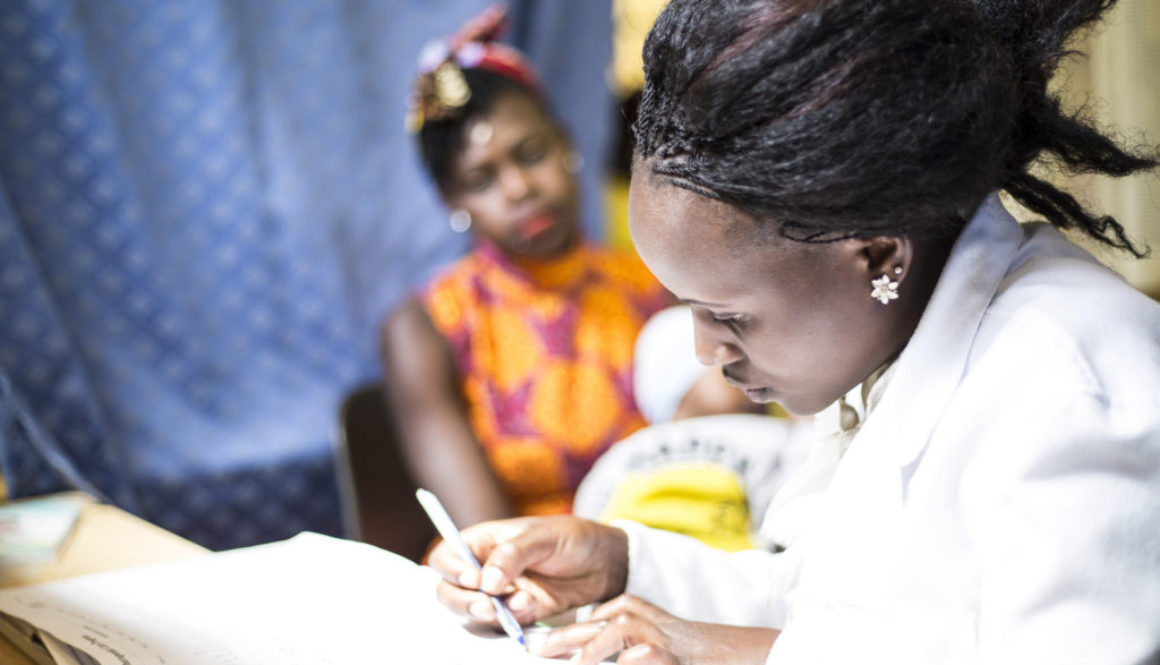By Linda Waldman and Helen Elsey
As researchers working in global health, we are very conscious that gender inequity often slips down the academic and political agenda. So, it was with pleasure that we accepted the invitation from RinGs to attend the workshop, ‘Building health systems that transform gender norms’.
As David Musoke reminded us, complex, intersectoral reasons lie behind people’s inability to access health system services. Therefore, our solutions must be cross-sectoral. Based on what we heard at the meeting here are five guiding principles
- Don’t assume everyone means the same thing by the term gender mainstreaming
Gender mainstreaming is now a commonplace term, familiar to
academics, policy makers, practitioners and activists. Yet, not everyone views it in the same
way. Hannah Kagiri, Head of the Gender
Unit in the Ministry of Health, explained how in the Kenyan government there
are differing understandings of gender mainstreaming and how to implement it. Many
people conflate gender mainstreaming with reproductive health, family planning
or sexual violence and so gender mainstreaming is considered ‘done’.
Another interpretation of gender mainstreaming is that it is
the responsibility of women and junior staff. Sreytouch Vong explained
how in Cambodia, as a consequence, women get pushed to attend meetings and
workshops on the topic. As a result, while senior policy makers might make
frequent mention of gender mainstreaming, their actual knowledge is thin and
they believe that current policy has adequately addressed it.
There is a need to question assumptions about gender mainstreaming and ensure the development of shared understandings from which to advocate for gender equality and health systems transformation.
2. Recognise that women are not responsible for solving this issue by themselves
Women alone cannot achieve a gender-equitable health system. Valerie Percival challenged us to address structural and power inequalities, rather than to assume that women are super heroines. Just as men are not always perfect leaders, neither will women be able to ‘naturally’ assume such a role. Indeed, there are three strong arguments for avoiding seeing women, women’s work and women’s activism as the primary drivers of health system transformation. In the first place, women already do a lot of the (often unpaid) work in health systems (and beyond). For example, Community Health Workers, who are often women, are underpaid and over-burdened, and there is a tendency for new health system tasks to be allocated to them, leading to overload.
Secondly, many women don’t have the seniority to solve all the gender-related issues in the health system. Chinyere Mbachu explained that when trying to research the gender perceptions and experiences of senior health care personnel in Nigeria, she had to resort to interviewing women in mid-level management positions as there simply weren’t enough senior women staff.
Thirdly, and perhaps the most compelling reason why women can’t transform health systems on their own, is because they are positioned within, and subject to, the same gender norms and patriarchal power relations that need transformation. Women experience, and internalise, the idea that they cannot be strong leaders. When they do become leaders, they feel that they are not accepted as such amongst their peers. Often they believe that in order to be become leaders, they have to adopt behaviours which are stereotypically male. These gender norms and unequal power relations constrain women’s willingness and ability to take up leadership roles within the household, at community level and within the health system.
3. Acknowledge that gender norms also undermine men’s health
Women and girls have substantially better health outcomes
than men and boys in most parts of the world, yet there is little
acknowledgement of this gender-based health disparity. Dominant gender norms contribute to
undermining the health of men and boys. For
example, adolescent boys face many barriers to health services, and receive
different advice to adolescent girls, particularly in terms of reproductive
health, putting them at considerable risk of sexually transmitted infections.
Tumaini
Nyamhanga argued that there should be more male involvement in HIV
programmes and services to improve both men’s health and gender equity.
Currently men, in Tanzania and elsewhere, do not take steps to protect their
health and are diagnosed and treated later than they should be due to a lack of
knowledge, services that don’t meet their needs and norms that see seeking
health care as a sign of weakness. Greater involvement would also reduce rates
of violence against women who disclose their positive status to their spouses.
Lilian Otiso told the story of one’s man’s interactions with a community health programme in Kenya. His wife was incapacitated and yet gender norms dictated that men did not bring children to the health facility. As a result, his children had not been immunised or come into contact with health services. It was only when a Community Health Worker identified him and accompanied him to the clinic that he was able to understand his role in supporting their health. He has since taken his children for services, such as growth monitoring, and he no longer feels that this is unmanly.
4. Listen to the experiences of the marginalised
Methods and approaches that highlight how gender norms impact different social groups are invaluable. The workshop demonstrated the power of visual methods, both photovoice and short videos. These methods allow policy makers to look beyond the terminology of gender mainstreaming to gain an understanding of gender issues as they affect people – for both community members and health workers. Haja Wurie’s photovoice project from Sierra Leone beautifully illustrated the power of images to elucidate how gender influences the work of Community Health Workers in Sierra Leone. The film, ‘What about us?’ from Uganda brought to life the harrowing exclusion of disabled women from the health system. Such visualisations can be powerful in stimulating action. This highlights the vital necessity of working to ensure the realities of the most marginalised communities are made visible to researchers and policy makers alike.
5. Believe that gender norms can change
In a world where inequities are growing, believing that change is possible can be challenging. However, the presentations and discussions during the workshop left us with an over-riding positive sense of progress. There are policy makers and researchers committed to changing gender norms. Importantly, research shows that gender norms can and do change. Whether it is a man in Kenya who is able to overcome gender norms to take his children for immunisations or a woman leader in the health system in Cambodia. Progress may at times feel slow, but it is possible, and the collaborations generated through this type of meeting will help to make it happen.
This convening was funded by Advancing Learning and Innovation on Gender Norms (ALIGN), an initiative led by the Overseas Development Institute (ODI). For further information, visit www.alignplatform.org and follow @ALIGN_Project.





